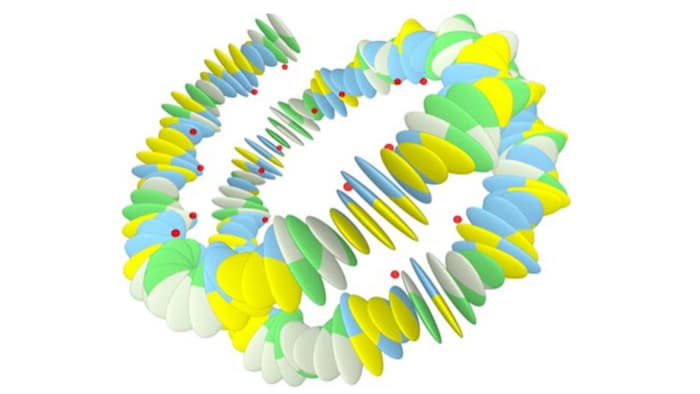Everything that makes you you is in your DNA, but a long-time hypothesis suggests that you're not just a product of the genetic code itself, but also the mechanical cues that determine how that information folds up inside your cells. Now, theoretical physicists in the Netherlands have confirmed that this second layer of information does indeed exist.
Proteins are the building blocks of our body, and through the sequence of the four main nitrogen-containing nucleobases, G, A, T and C, in our genetic code, our DNA dictates which proteins are made in the body and in what numbers. But despite the fact every cell in our bodies contains the same DNA sequence, different organs result, suggesting there is some other process at work.
Our DNA is packed into our cells extremely tightly – unravelled, the DNA molecules in each individual cell in our body stretch to about two meters (6.5 ft). One theory, dating back to the 80s, suggested that DNA's mechanical properties dictate how the strand folds up within the cell, and as a result, changes how the genetic code is read out and provides an additional layer of information on top of the sequence of G, A, T and C nucleobases in DNA's double helix structure.
A research team, led by Helmut Schiessel at the Leiden Institute of Physics, ran computer simulations to test this hypothesis and found strong evidence to suggest that these mechanical cues do in fact exist. To do so, the scientists assigned randomized mechanical cues to strands of DNA in two organisms – baker's yeast and fission yeast – and found that the DNA molecules did fold up in different ways, accordingly.
With these results, the team explains that mutations in DNA has the potential to change two different things: a specific protein's genetic letter sequence, or the DNA's mechanical structure, which will have run-on effects in how the genetic code is read out and the type and amount of proteins that are produced.
The findings were published in the journal PLOS One.
Source: Leiden Institute of Physics
